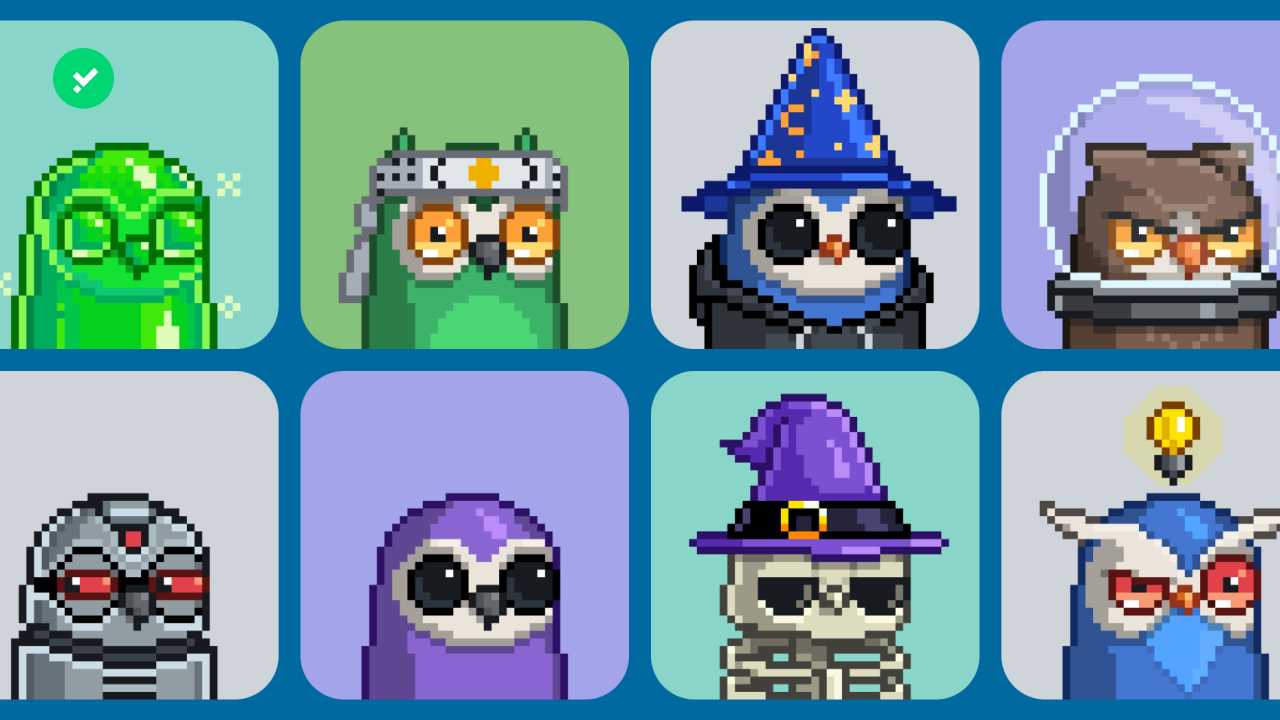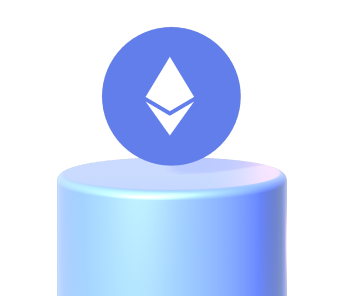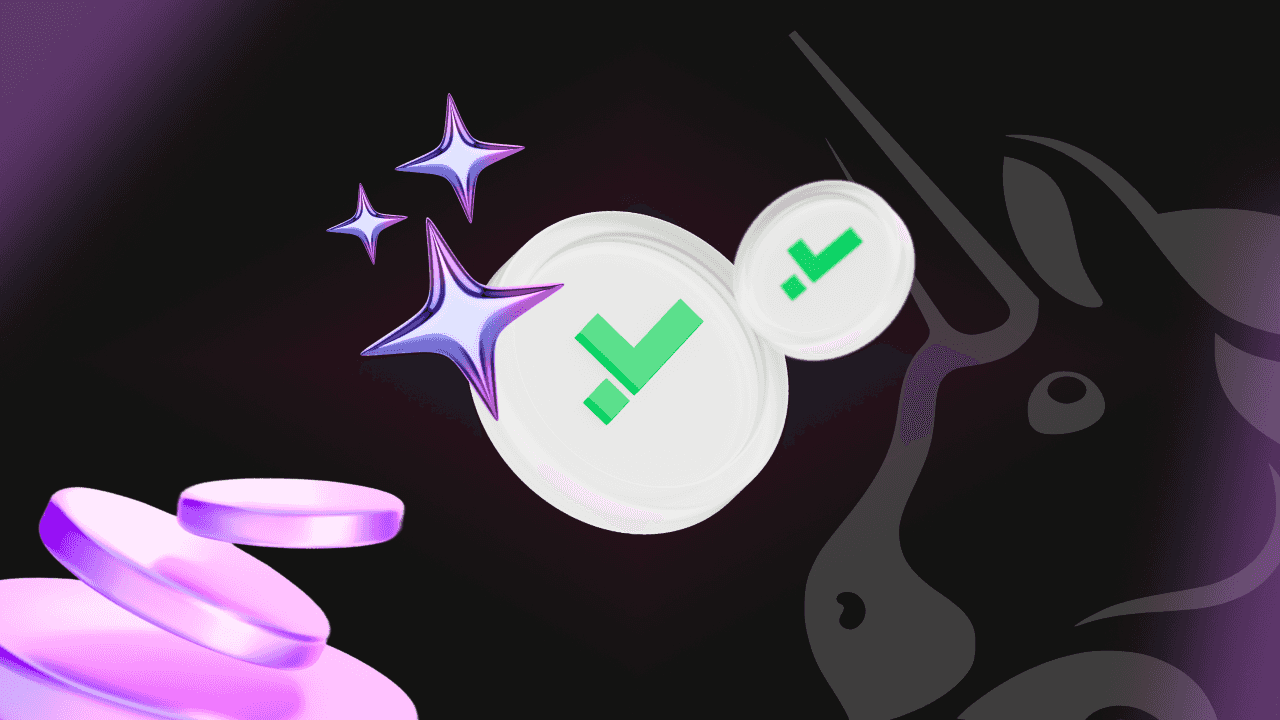
The future of the Moonbirds NFT collection is all about being on-chain. Let’s find out what the difference is between on-chain, in-chain and off-chain NFTs
PROOF, the Web3 startup that created the Moonbirds NFT collection, has just unveiled the project’s future plans. Among the planned features is making all its non-fungible tokens ‘in-chain’. You may have already heard about the difference between on-chain and off-chain NFTs. But what exactly is meant by ‘in-chain’?
All the records in the Moonbirds collection
The NFTs of the Moonbirds collection were released in April 2022 and within 48 hours of launch, all 10,000 NFTs were sold out. Moonbirds is a PFP collection of images designed to be used as profile photos, depicting automatically generated, pixelated avatars of owls. According to CryptoSlam, Moonbirds ranks 10th in total sales of collections, PROOF’s NFTs have generated sales of over $590 million! Thanks to these impressive numbers and the support it has received from the industry, this collection has earned blue chip status for some. Moonbirds also stands out from other collections because it introduced the staking of NFTs, called ‘nesting’.
At the end of August 2022, PROOF (coordinated by Venture Capital investor Kevin Rose) offered an explanation for the future. The creation and storage of NFT projects, including Moonbirds spin-off collections, will be managed in-chain. To understand what in-chain NFTs are, let us first look at the difference between on-chain and off-chain NFTs.
On-chain and off-chain NFTs, what is the difference?
The parameter for recognising whether a non-fungible token is on-chain and an off-chain concerns its storage. We know that the ownership and uniqueness of NFTs is guaranteed by the blockchain, but where are NFTs stored? An NFT is composed of:
● An ID: a unique identification code that distinguishes tokens from one another and is registered via smart contracts on blockchain;
● Metadata: as digital content. Each NFT consists of a set of metadata that configures its appearance, such as shapes, colours, names, sizes, the type of hat, the plumage or expression of the owls (in the case of Moonbirds) but also information such as maximum supply.
The non-fungible token ID is always stored on blockchain, and functions as a certificate of authenticity and uniqueness of an NFT. However, metadata is often stored elsewhere, i.e. off-chain. Storing metadata off-chain is the most popular option used by creators of NFT collections, who rely on external, centralised or decentralised hosting services and servers. In contrast, storing an NFT on-chain means that the entire token – including metadata – exists on a blockchain.
Is on-chain storage better than off-chain storage?
On-chain storage may be preferable because all aspects of the token are directly manageable and verifiable by the owners. However, it is a very expensive route due to the size of the data that has to be recorded on the blockchain. JPEG images for instance contain a lot of data, and collections often consist of hundreds or thousands of images all different from each other. Most NFT projects, including CryptoPunks and the Bored Ape Yacht Club, have chosen to store their content off-chain.
As anticipated, off-chain hosting and archiving services can be either centralised or decentralised. With centralised hosting providers, there is a risk (although unlikely) that they could shut down at any time, jeopardising the existence of the stored NFTs. All that would remain for the owner would be the ID on the blockchain. Decentralised storage is managed by systems such as IPFS. When a file is stored on IPFS, it receives a unique hash of the content that links it to the entire network. Although NFTs on IPFS are not technically stored on the blockchain, no one can lose or hack files on IPFS as no one can shut down the cloud. This is because it is managed in a decentralised manner by thousands of nodes.
Moonbirds: what are in-chain NFTs?
In contrast to this, PROOF has a plan to make its NFTs ‘in-chain’. By this term, PROOF implies that not only the data storage will be on-chain, but also the creation itself: ‘to make sure that it is fully decentralised and visible for generations to come’. The metadata will therefore be created by the same smart contract that attests to the existence and certifies the authenticity of the token. In other words, the code that creates the digital artwork will be on the blockchain. Harri Thomas of PROOF explained that with this procedure, the graphic representation of each Moonbirds NFT “will be built by the smart contract itself from art layers, which will also be stored on the blockchain”.
PROOF and Moonbirds’ roadmap also includes the establishment of a DAO and a governance token. The launch of a spinoff collection called ‘Moonbirds Mythics’, which will comprise 20,000 NFTs and will be launched in early 2023. The new collection will not follow the pixel art aesthetic, the images will be drawn with a technique that mimics the freehand style. These new designs will be made possible thanks to newly obtained funding. In fact, PROOF has just raised $50 million in a Series A funding round led by venture capital firm Andreessen Horowitz, also known as a16z.






